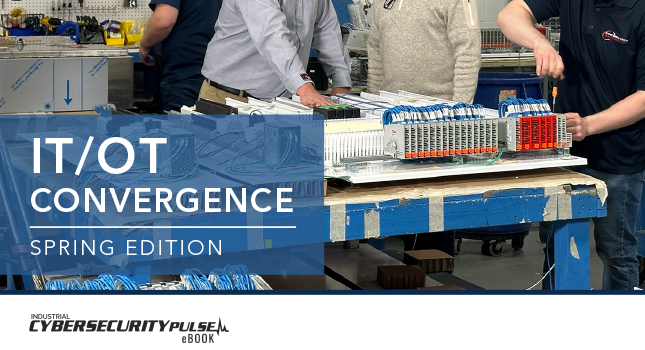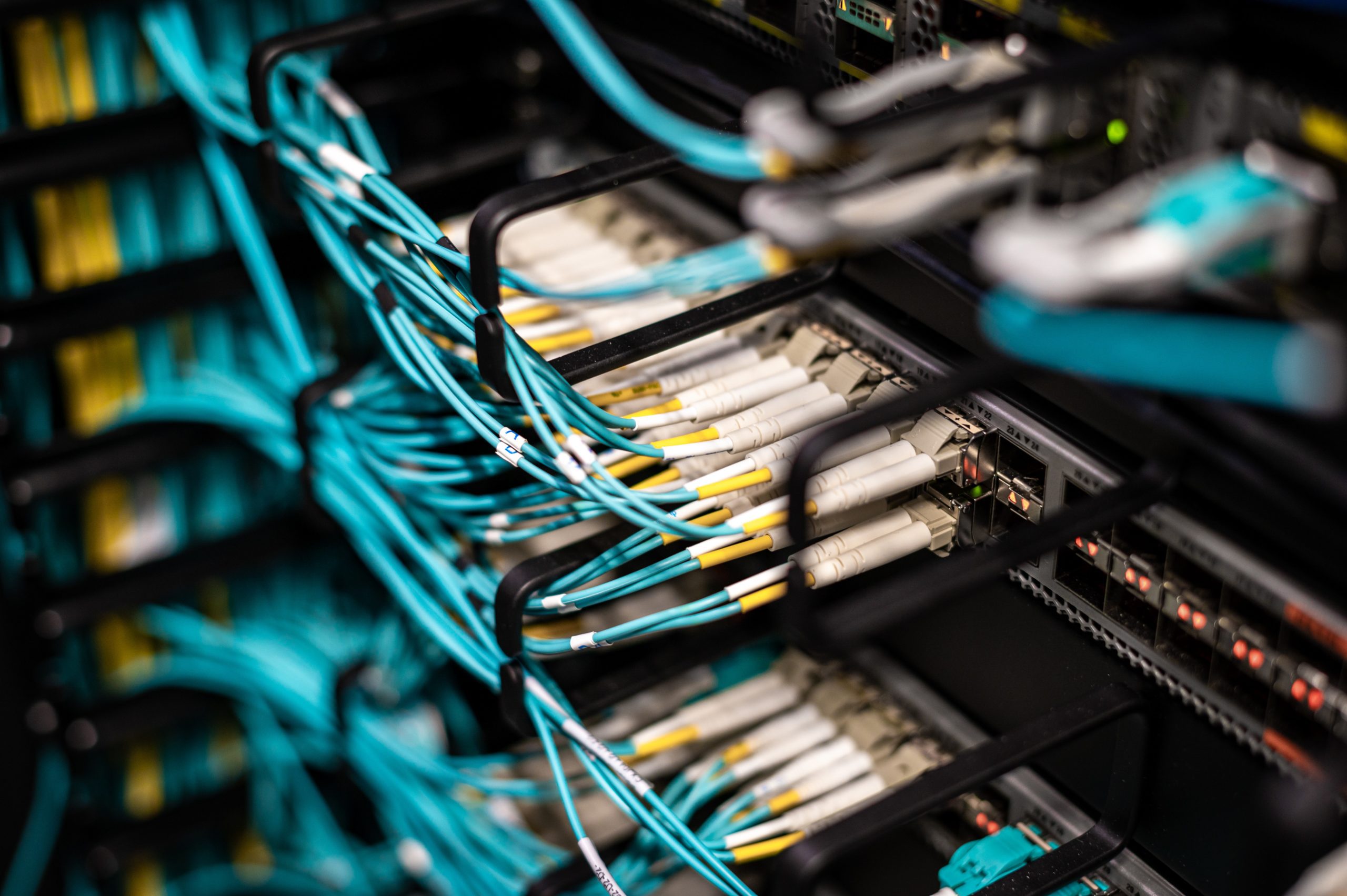Hybrid networks, multi-cloud, Internet of Things (IoT), remote work and digital innovations are all driving more distributed networks and a much more expansive attack surface. The network perimeter that used to be so clearly defined now extends across a spectrum of enterprise facilities, branch offices, homes, other remote locations and multiple clouds. The reality is that security needs to be on the LAN edge, WAN edge and cloud edge. All network edges must now be secured, but how do you actually go about doing this?
Understanding network edge challenges
The networks of today are distributed and diverse, typically extending across multiple environments, each with their own unique requirements and standards. Securing each of those network environments is challenging, especially when the end goal is centralized visibility, consistent policy enforcement, and unified orchestration and response. Organizations not only need to secure and manage both hardware-defined and software-defined perimeters, but also maintain security as those network edges continually adapt, expand and adjust to meet shifting business requirements.
What’s more, these various edges must not be stuck in security silos where they are only protected individually. Instead, they must be secured with an integrated, holistic approach. Security needs to be consistent and holistic across an enterprise’s infrastructure from branch offices and data centers to multiple public clouds. Anything less presents gaps in visibility and control that are targeted by threat actors.
When security is not integrated, misconfigured devices go undetected, vulnerabilities are not patched and malicious behavior goes undetected. Many applications and workflows now span several environments in a single transaction, and security needs to be consistently applied end to end – from your WAN edge infrastructure like SD-WAN to your LAN connections to your hybrid cloud environments. Ad hoc connections between the data center and a cloud or dynamic connections between branch offices create more edges and increase complexity.
Bad actors are keenly aware of these vulnerabilities and understand that for far too many organizations, a comprehensive security strategy often lags behind network expansion. But organizations don’t need to sacrifice security to maximize agility and enhance performance among these interconnected edges – both can and should be realized.
Securing all the network edges
Edge computing is often deployed without thinking through the security implications – this needs to be considered from the onset. As the processing and storage elements are brought closer to where it’s being used on the edge, organizations need to ensure that their security strategy is aligned to provide security across all edges. This truly requires a broad, integrated and automated approach characterized by partner integration and AI-powered operations. Unfortunately, most organizations are using a collection of different, products from multiple vendors that don’t integrate. What’s worse is that many of these devices are no longer properly configured or patched.
Edge computing significantly raises the level of complexity – and it has to be done quickly – so manual operations alone aren’t going to work. You need to have assistance, like automated playbooks that are powered by AI. You need to make sure your security architecture has the ability to leverage the dynamics of edge computing to secure the edge.
Edge compute is all about high-speed, proactive and predictive actions – and that means you can’t approach this kind of operating environment with a traditional security strategy. The same elements that make edge-based so compelling are also the underlying requirements for how to secure it: it has to be fast, and it has to be integrated.
Enter converged networking and cybersecurity
Security-driven networking is an approach that converges networking and security across the connected environment – from the core to the branch and remote workers, and into the cloud. It enables organizations to effectively see and defend today’s highly dynamic environments while preserving an excellent user experience for employees and customers, keeping them relevant, competitive and resilient.
Networks are able to expand and adapt to digital innovations with ease when security is embedded in their core. They can do this at levels the next generation of computing—including 5G, multi-cloud, hyperscale and other fast-arriving trends—requires. Converging networking and security enables a security strategy that is highly flexible and adaptive, supporting anywhere operations. This is accomplished by concurrently providing the ability to improve overall experience while reducing WAN costs; manage external and internal risk for on-network users; and offer flexible, cloud-ready security for off-network users.
Convergence is key
Today’s network perimeter is so expansive and complex that it’s easy for threat actors to find undetected misconfigurations, unpatched vulnerabilities or non-cyber aware users to exploit. There are now many network edges, but you can’t think of these different edges in isolation; you have to break down the technological, operational and cultural silos. For optimal business outcome and end user experience, it requires the network, security and compute to all work together. Outcomes and experiences can only be delivered when all three elements are working together. Bringing security and network together, where security is embedded in the core, will close the gaps in visibility, automation and control. And that ultimately will ensure all your edges are secure.
This article originally appeared on Fortinet’s blog. Fortinet is a CFE Media content partner.
See additional networking stories including:
Four tips on cybersecurity risk assessments
Managing industrial Ethernet switches
Original content can be found at www.fortinet.com.
Do you have experience and expertise with the topics mentioned in this article? You should consider contributing content to our CFE Media editorial team and getting the recognition you and your company deserve. Click here to start this process.









